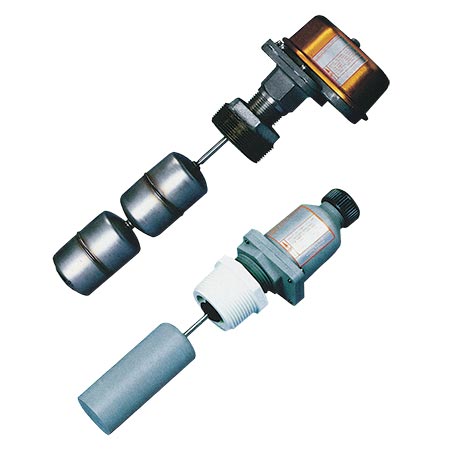Hello,
I apologize if this has been covered, I Google'ed, but to no avail.
In your opinion (fellow reefers, please feel free to reply too!), what is an appropriate fail-safe salinity lower-limit to plan on for a top-off failure? I.e. if one's top-off unit fails and dumps top-off water (RO/DI water) into the tank, thus lowering the salinity, what would you want to limit that salinity drop to? The greater the lenience of an acceptable lower-limit, the less frequently one has to fill up their top-off reservoir, but the lower the potential drop in salinity as well. I believe there are two variables to consider (arguably 3):
Thanks!

I apologize if this has been covered, I Google'ed, but to no avail.
In your opinion (fellow reefers, please feel free to reply too!), what is an appropriate fail-safe salinity lower-limit to plan on for a top-off failure? I.e. if one's top-off unit fails and dumps top-off water (RO/DI water) into the tank, thus lowering the salinity, what would you want to limit that salinity drop to? The greater the lenience of an acceptable lower-limit, the less frequently one has to fill up their top-off reservoir, but the lower the potential drop in salinity as well. I believe there are two variables to consider (arguably 3):
- The extra volume of water the tank's sump can accommodate in the event of a power failure.
- The lower-limit salinity level one is prepared to accept in the event of a failure.
- Although closely tied to #2, the sensitivity of the animals one is keeping. I.e. a typical FOWLR could handle a lower salinity than a typical SPS tank. (Obviously there are exceptions, but just speaking in general terms here.) But I think this third variable could just be incorporated into variable #2. Namely: what level am I prepared to drop to?
- A typical SPS tank.
- A typical LPS/ZnP tank.
- Assuming my sump volume could handle the extra water with a power failure, I'd limit my tank to an ~15% 'sudden' drop in salinity due to a top-off failure on an SPS tank. Or perhaps in terms of actual measurements: a drop from 35 to 30 ppt, 1.026 to 1.022 salinity, 53.1 to 45.1 conductivity. Whatever units you like.
- For a ZnP tank, I'd allow an ~20% 'sudden' drop in salinity due to a top-off failure.
Thanks!




















